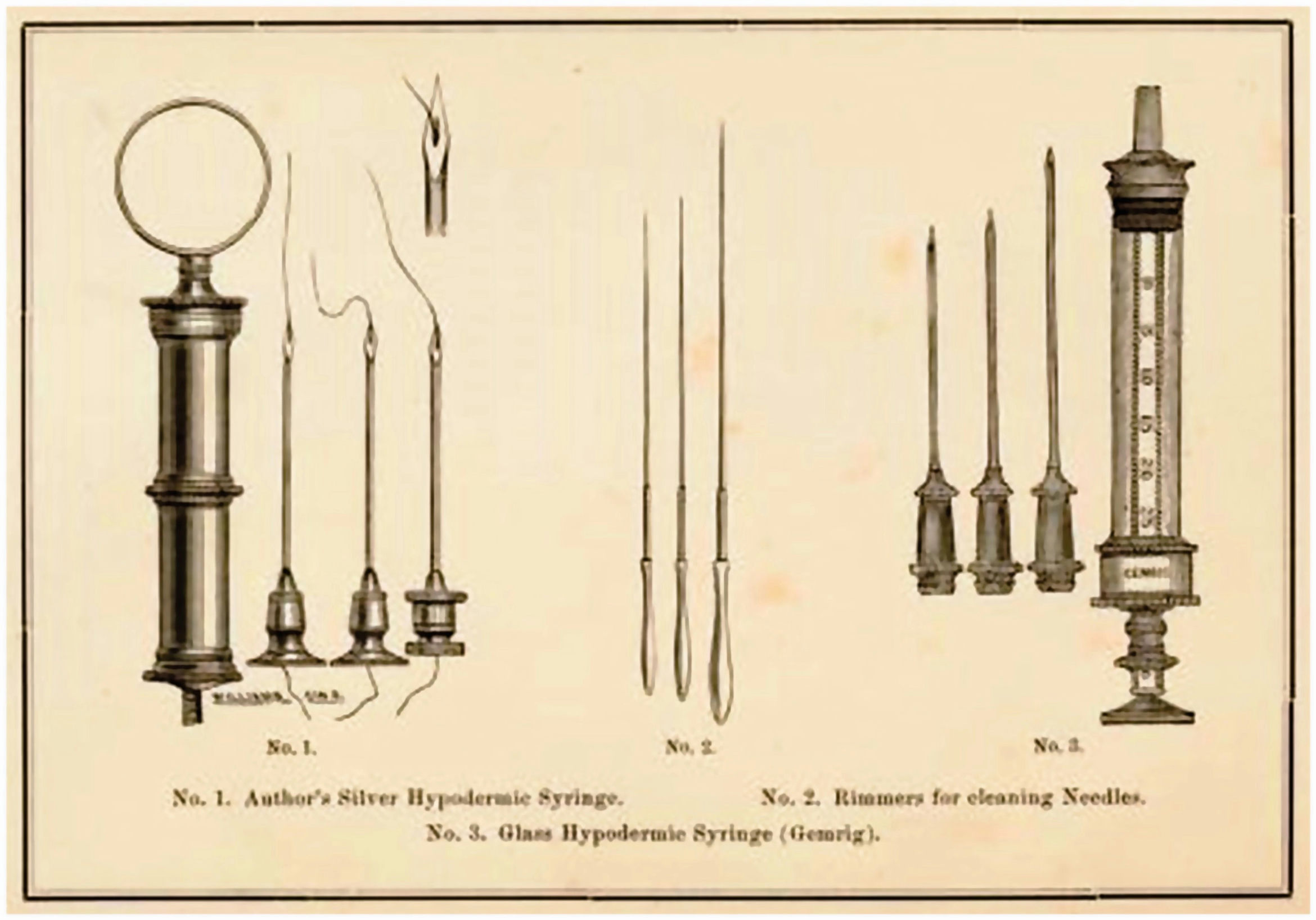The History of Hypdoermic Syringe
 Apr 15, 2023|
Apr 15, 2023| View:424
View:424
As an important part of medical supplies, billions of hypodermic syringes are manufactured every year in the world. With the epidemic of Covid-19, they are consumed even more than ever. Hypodermic syringes gradually become one of the greatest inventions, so today, let’s learn about its history.
Early syringes weren’t with needles and instead, were used to apply medical ointment or to suction. The plunger portion could be pulled back to suction material or push out to apply medicine or liquid to an area. Syringes were used in early medicine to remove cataracts from the eye through suction and apply medicine through the skin.
Early needles took the form of hollow reeds, glass tubes and goose quills. The hollow metal needle was invented in 1844 by Irish physician Francis Rynd.
In 1853, Scottish doctor Alexander Wood and French surgeon Charles Gabriel Pravaz Invented the modern hypodermic syringe. With his newly invented hypodermic syringe, Alexander Wood was able to inject pain relief medicine to the area which was causing pain. What made this syringe different than others before is the ability to inject small, measured amounts into an area without creating a cut, or incision, in the skin first.
The earliest confirmed experiments in intravenous injection were performed by Christopher Wren in 1656. Wren, curious if the effect of an intravenous injection would be as effective as oral administration, used a goose quill for the needle and an animal bladder for the syringe to administer opium to dogs.
The syringe we see today in use rolling out the COVID-19 vaccine very closely resembles historic ones in our collections. Modern syringes are used for a variety of purposes in medicine for both humans and animals for:
- Injecting drugs into the body
- Intravenous therapy into the bloodstream
- Applying compounds like glue or lubricants
- Measuring and drawing liquids





